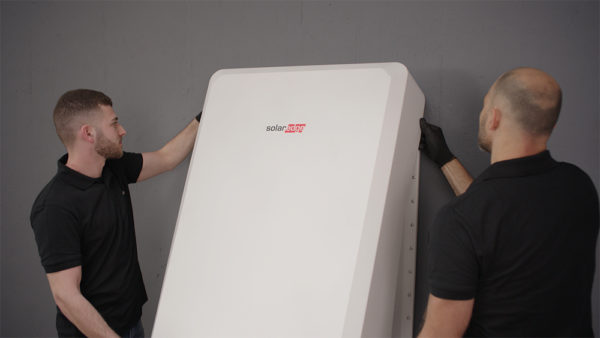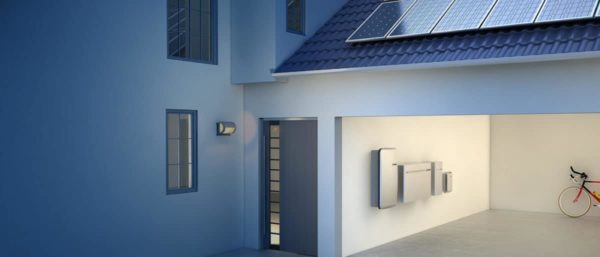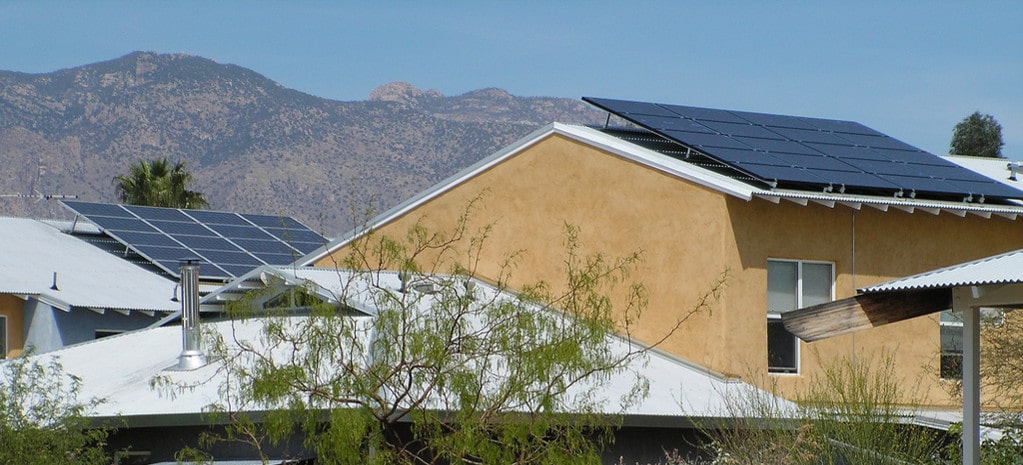A pilot program for owners of residential battery energy storage was launched by Arizona Public Service (APS), offering up to $3,750 in rebates for participants.
To receive the rebate, APS customers must agree to share their battery’s data. Additional payments are available to those who agree to let APS dispatch their battery’s power during peak demand hours.

Image: SolarEdge
Image: SolarEdge
The offer is available to first-time battery adopters, and cannot be retroactively applied to existing battery installations. For data sharing, owners are offered a rebate of $500 per kW of battery capacity, up to $2,500 per home. An additional $1,250 is offered for those who sign up for the peak-demand energy sharing program.
Eligible participants must be APS residential customers, and enrolled in a time-of-use rate structure or grandfathered in to solar rate rider programs. In both options, enrollment last three years.
In the data-sharing program, participants are expected to provide their contact information, date of the battery’s permission to operate, and a set of battery specs (such as model, manufacturer, capacity, charge/discharge capacity, solar energy production, battery mode, and so on). The battery must be grid-connected to qualify.

Image: Enphase
Image: Enphase
For the demand-response program, APS said it expects to call on enrolled batteries up to 100 times per year. Discharge events may take place on weekdays from 6:00 PM-9:00 PM and on weekends and holidays from 9:00 AM-9:00 PM. Discharge periods could range from one to four hours.
(Read: “Energy storage aggregation unlocks benefits for homeowners, grid operators, and installers“)
APS named Enphase and SolarEdge as eligible participants, and said that additional partners will be named later.
This content is protected by copyright and may not be reused. If you want to cooperate with us and would like to reuse some of our content, please contact: editors@pv-magazine.com.









Ryan, batteries are measured in kWh, not kW. A battery that can supply 10,000 kW but only for five seconds isn’t very useful — except for firing a laser, perhaps.
Perhaps clarify the article?
Wade, the article follows a news release from the utility. You may check the original source by following the link in the story’s first paragraph.